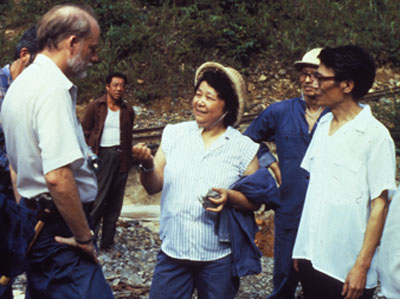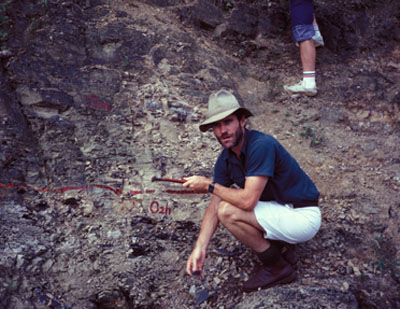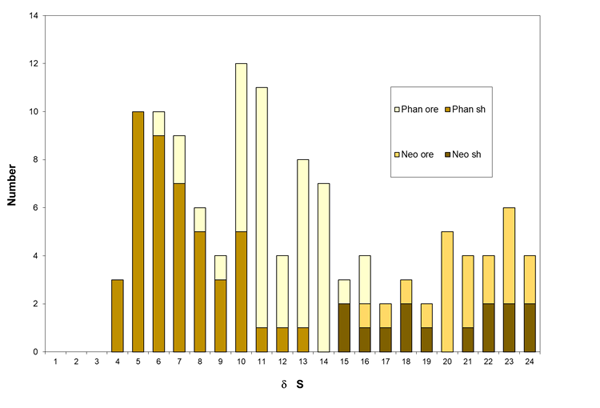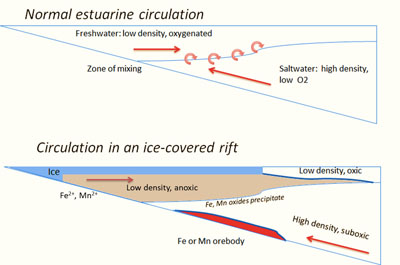Mn Types
Manganese ores in China occur in strata of Mesoproterozoic (14% of reserves) Neoproterozoic (22%) and Cambrian-Triassic (64%). The Devonian-hosted Xialei deposit is the largest, and contains 41% of reported reserves. The Mesoproterozoic Lijiaying deposit is the only one hosted by volcanic rocks. The rest are in sedimentary strata, with at least one of these, Xinrong, being karstic in origin.


By numbers of deposits, it is the Neoproterozoic that dominates. These deposits are clustered in rift zones and are associated with glacial deposits. The class of iron-ore deposits known as Rapitan-type have a similar association. Some authors have interpreted these Mn and Fe deposits as products of ocean ventilation at the termination of a global glaciation. The deposits, however, tend to be syn-glacial rather than post-glacial, but they are only found with the glacials and must have a genetic link to them.
A model for syn-glacial formation of Mn and Fe deposits [click image to enlarge]

Sulfur isotopes of Neoproterozoic deposits of China (Tanganshan and Xiangtan are illustrated here) are much heavier than younger deposits (Molango in Mexico used for comparison) and there is no distinction between pyrite in the shale host and in the ore
